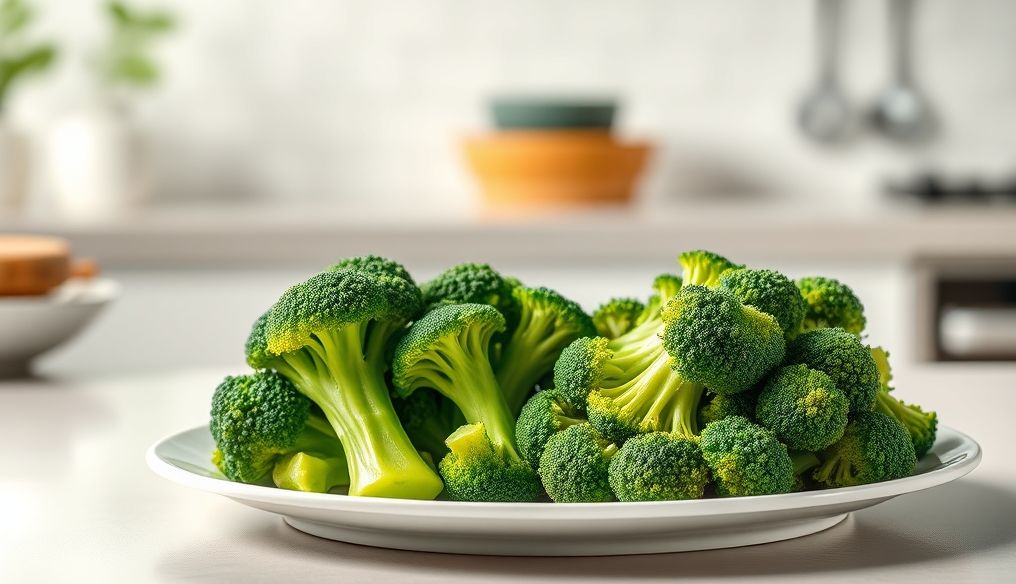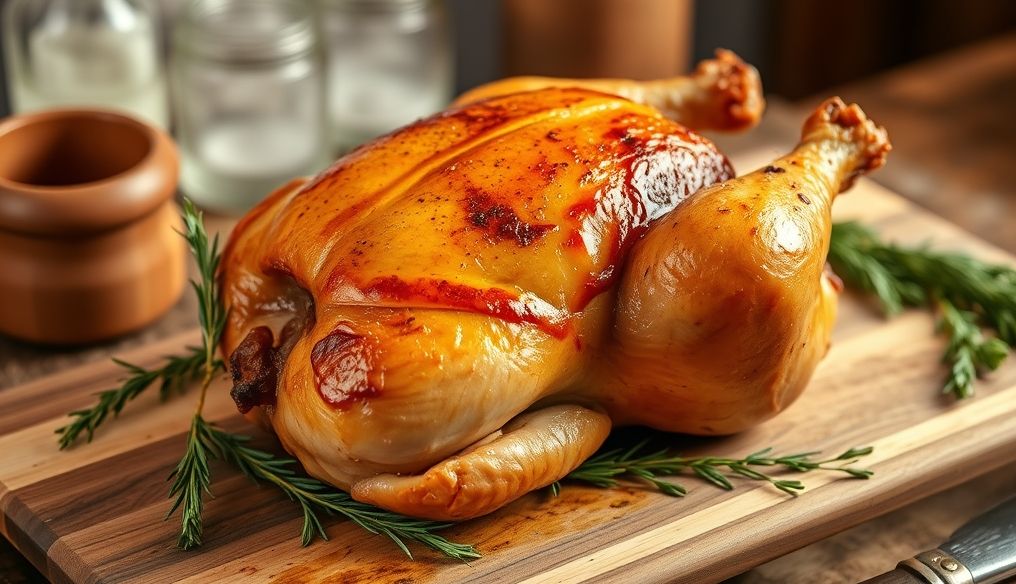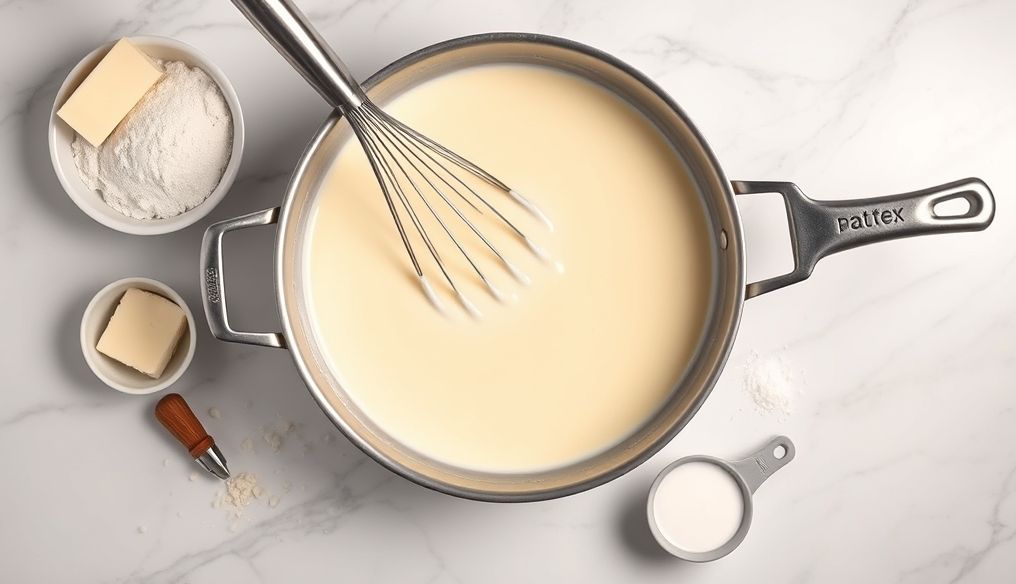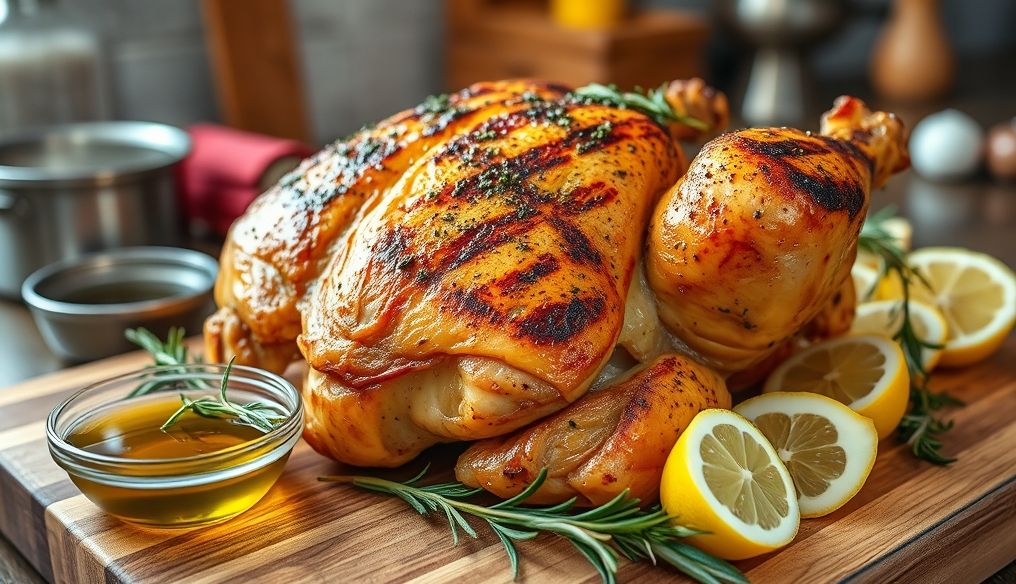Introduction: The Importance of Cooking Vegetables Correctly
Vegetables are an essential part of a healthy and balanced diet, rich in vitamins, minerals, and antioxidants necessary for good health. However, the way vegetables are cooked can significantly affect their nutritional content. Incorrect cooking can lead to the loss of important nutrients, reducing the health benefits of vegetables. Therefore, it is crucial to choose the optimal method for cooking vegetables to preserve their nutritional value as much as possible.
What is Steaming Vegetables?
Steaming vegetables is a method that relies on using hot steam to cook vegetables without immersing them directly in water. The vegetables are placed in a basket or strainer above boiling water, and the pot is covered with a tight-fitting lid to prevent steam from escaping. The hot steam softens the vegetables and cooks them gently, preserving their natural color and texture.
Benefits of Steaming Vegetables:
- Preserves Nutrients: Steaming reduces the loss of water-soluble vitamins and minerals, such as vitamin C and B vitamins.
- Maintains Color and Texture: Steaming helps maintain the natural color and crisp texture of vegetables.
- Reduces the Need for Fats: Steaming vegetables does not require the addition of oils or fats, making it a healthy option.
- Easy to Prepare: Steaming vegetables is a quick and easy way to prepare a healthy meal.
What is Boiling Vegetables?
Boiling vegetables is a traditional method of cooking vegetables by immersing them in boiling water. The vegetables are placed in a pot filled with boiling water and left to boil until tender. Salt is often added to the water to improve the flavor.
Disadvantages of Boiling Vegetables:
- Loss of Nutrients: Boiling can lead to the loss of significant amounts of water-soluble vitamins and minerals, as these elements leach into the water.
- Change in Color and Texture: Boiling can cause vegetables to change color to a pale hue and lose their crisp texture.
- Need to Discard Boiling Water: The boiling water must be discarded after cooking, which means losing the nutrients that have leached into it.
Comparison Between Steaming and Boiling Vegetables
To evaluate which is better, let's compare the two methods in terms of nutrient preservation, flavor and texture, and ease of preparation:
| Criterion | Steaming Vegetables | Boiling Vegetables |
|---|---|---|
| Nutrient Preservation | Better, reduces the loss of vitamins and minerals | Less, leads to the loss of significant amounts of vitamins and minerals |
| Flavor and Texture | Maintains natural flavor and crisp texture | May change the flavor and texture for the worse |
| Ease of Preparation | Easy and quick | Easy but may take longer |
| Need for Fats | Does not need fats | Does not need fats, but often added |
Scientific Studies on the Impact of Cooking Methods on Nutrients
Numerous scientific studies have shown that the cooking method significantly affects the nutrient content of vegetables. For example, a study published in the "Journal of Agricultural and Food Chemistry" found that steaming broccoli preserves a higher percentage of the anti-cancer compound sulforaphane compared to boiling or frying it.
Another study found that boiling spinach leads to a loss of up to 50% of folic acid, while steaming preserves a larger proportion of this important vitamin.
Tips for Steaming Vegetables Perfectly
For best results when steaming vegetables, follow these tips:
- Choose Fresh Vegetables: The fresher the vegetables, the higher their nutritional value.
- Cut Vegetables into Equal Pieces: This helps ensure that the vegetables cook evenly.
- Do Not Overcook: Overcooking can lead to the loss of nutrients and a change in texture.
- Use a Small Amount of Water: A small amount of water is sufficient to produce steam.
- Add Herbs and Spices: Herbs and spices can be added to the water to flavor the vegetables.
Are There Other Ways to Cook Vegetables Better Than Steaming and Boiling?
In addition to steaming and boiling, there are other ways to cook vegetables that can be healthy and nutritious, such as:
- Grilling: Grilling can add a delicious smoky flavor to vegetables.
- Sautéing: Sautéing can help preserve nutrients and add a distinctive flavor.
- Baking: Baking can be a healthy way to cook vegetables, especially if a small amount of oil is used.
Conclusion: Steaming is the Best Option for Preserving Nutritional Value
Overall, steaming vegetables is the best option for preserving their nutritional value, flavor, and natural texture. However, other cooking methods such as grilling, sautéing, and baking can also be healthy and nutritious options. The most important thing is to choose a cooking method that suits your preferences and ensures that you get the most benefit from the vegetables you eat.
Disclaimer: This article is for informational purposes only and should not be considered a substitute for professional medical advice. Always consult a nutritionist or your doctor before making any changes to your diet.




